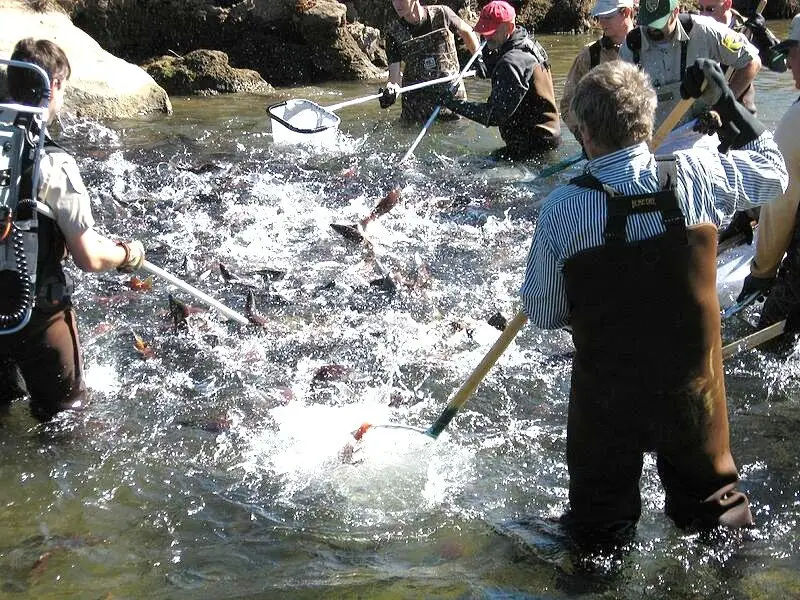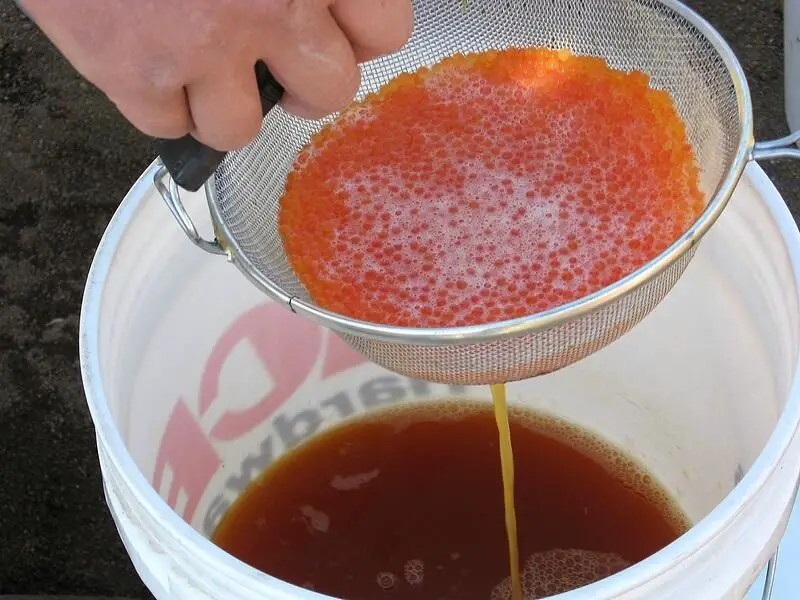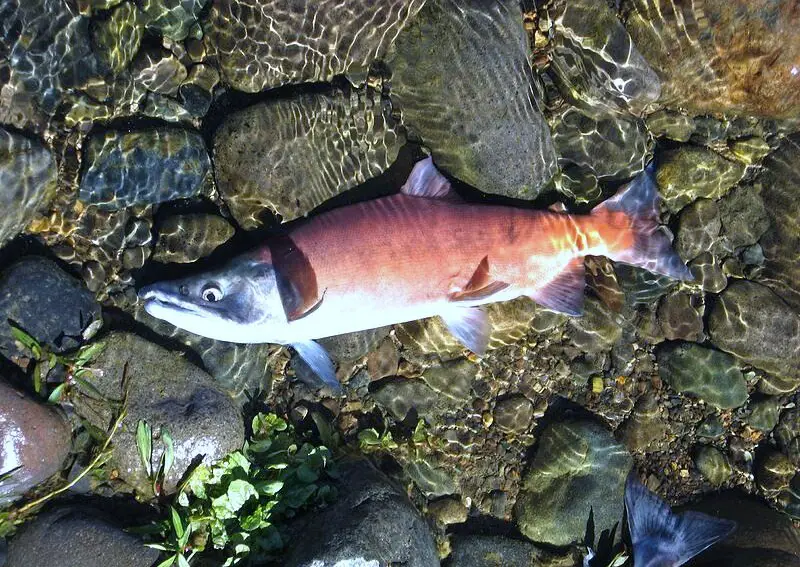Search
Latest Articles
Kokanee - Spawning Phase
by Gary Gordon, September 02, 2019
A Kokanee University Mini-Series, Part 5
You all know the signs. The kokes are starting to “turn” meaning that they are showing some color. The stomach contents will be nil or close to it. The males will start forming a kype. The soft scales are now hardened and the soft mouths are also considerably hardened. All these factors are the result of hormonal changes as the kokanee head toward that wonderment called the spawn.
All kokanee enthusiasts have their favorite kokanee spawning viewing area and look forward to an annual visit. Getting it timed just right may take a trip or two, but the effort is well worth it.
A visual explosion before your eyes – possibly thousands of brightly colored kokes. A true miracle.
At such times, it seems I always run the same comments through my head. These guys are bigger than what I was catching. What was I doing wrong? Where were they all hiding? Will it be a successful spawn? I wonder how many politicians have seen this?
The beauty of their cycle of life from lake to river to creek to river to lake is just about more than us mere mortals can grasp. I guess that for the most part after the “oohs” and “awes,” the many visitors just look down in the water with reverent silence. That silence is sometimes broken by a senior adult screaming at their young grandchild not to throw rocks in the water.
Mama bear seems to be enjoying the celebration. Her cub is just out of the picture. That weir is quite handy for trapping the kokes – easy pickings. Mama bear could care less about the people on the near side of the creek watching her.
Some state agencies have partnered with non-profit kokanee organizations to gather the eggs, fertilize them and get them ready for transport back to the hatchery. The placement of the weirs makes it easier to capture the hens and bucks for processing.
Get the eggs, add the milt, stir, strain, and then oxygenate all at the proper temperature
At the hatchery several weeks later: Alevin just hatching out of the egg. They will feed off the yolk sack for several weeks. In 5-10 weeks the egg sac absorbs and the baby kokanee become known as “fry.”
In the natural setting, things are a bit different. When time to spawn, the kokanee will migrate upstream if the tributary has sufficient gravel substrate. The gravel allows for a proper flow of oxygen in and around the gravel. This does not work with sand. The female kokanee will scoop out a shallow nest called a “redd” by digging it out with her tail. This of course does not go unnoticed by the males who are competing to participate in the big event. The female will lay from 200 to 2,000 eggs, which are then fertilized by the male with his milt. Once the female lays the eggs, that is it for her. However, the males can still compete for the next ready female. The females are spent, and the males soon follow – both becoming an essential nutrient source for the bio system.
The fertilized eggs develop in the gravel over the winter months, and hatch generally in late winter. The yolk sack provides what they need until they emerge from the gravel as fry and are swept downstream to their new lake home. Early on they will hang in the shallows and feed on plankton until they achieve a size that will allow them to migrate into the colder and deeper parts of the lake to continue the cycle.
State biologists do play somewhat of a guessing game in figuring out kokanee population density. Some water systems have a huge and successful natural spawn, and others not so much. And success rate can change from year to year. It is not uncommon for a natural spawn to be supplemented with hatchery fry. But the success of knowing how many to supplement the natural spawn gets tallied in the third year when us kokanee fishermen harvest our prized catch. The placing of weirs in the stream bed before the kokes can reach the spawning gravels is a way to control the overabundance of fry back into the system.
By now the formula is well known – too many kokanee means small kokanee, particularly if the food supply is lacking or has issues. Fewer kokanee means generally larger fish, but the filtering the kokanee do for the water system becomes not as efficient, and that can interfere with the overall health of the water.
In the natural setting, the redds are fairly shallow and can be seen from the creek side. But, sadly, many folks do not consider the redds to be “sacred ground” and find the shallow water attractive for a human splash effort or for allowing the family dog to use the shallow water to chase sticks tossed by their inconsiderate masters. Disturbance of these redds will eliminate the protection they provide to the unhatched eggs and the alevins. The damage cannot be repaired, and it will take another year to restart.
By Gary S. Gordon, owner Fish With Gary Tackle Co., Fish With Gary web site
Please enjoy responsibly. © 2019 Gary S. Gordon


